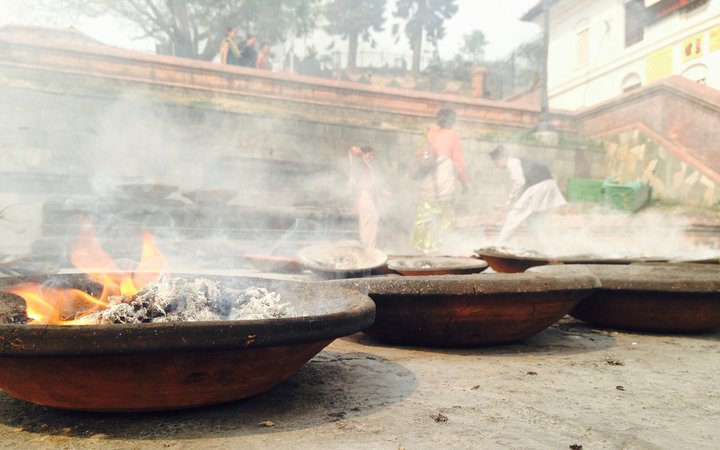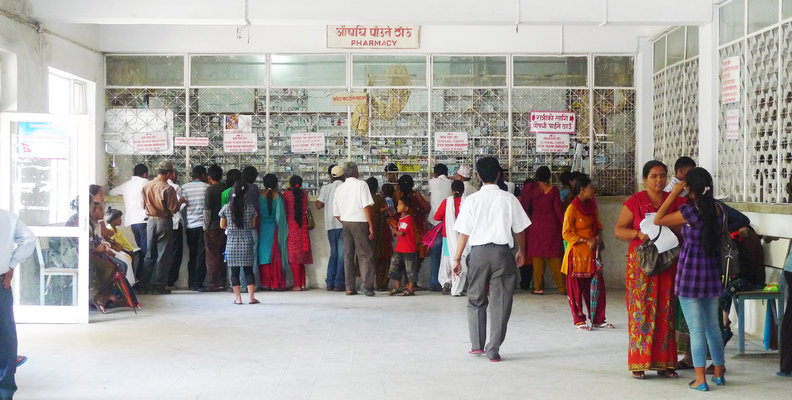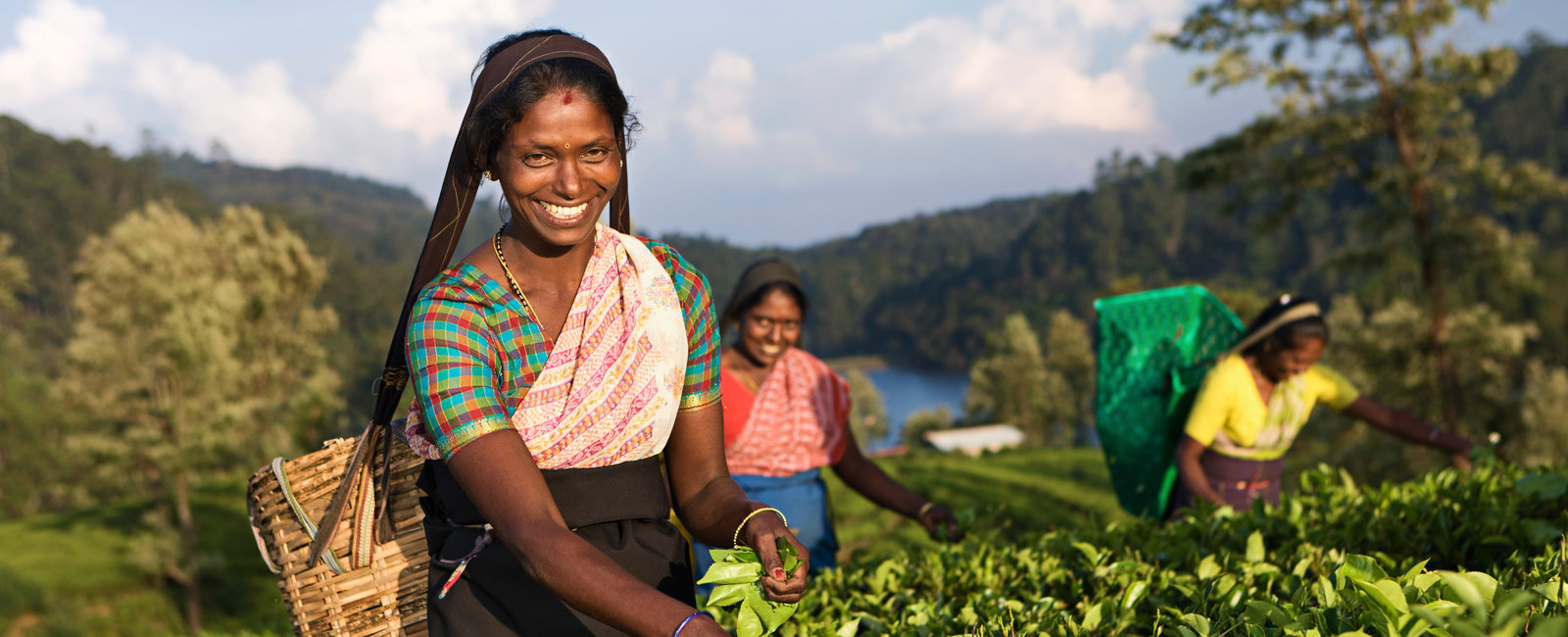For many of us in the Western world, the word ‘Ayurveda’ roughly translates to spa treatments, aromatic oils, and maybe some panpipe music. But is there more we can learn from the practice than massages alone?
Translated from ancient Sanskrit as ‘life knowledge’, Ayurveda is one of the world’s oldest medical practises, dating back to around 5,000 BC.

Native to India and seeping into nearby countries like Sri Lanka and Nepal, Ayurveda is probably most recognised for its harnessing of natural ingredients and their healing properties — think bark, roots, leaves, spices, lead, copper, sulfate, and sometimes even arsenic. Using these, Ayurveda aims to bring about a balance in the body, mind, and personality that is both preventative and symptom-focused. This balance is thought to be a place of perfect health.
‘But how can I achieve this nirvana of total well-being?’ I hear you cry. ‘I can’t find bark in my local organic grocers!’
Before anyone sets out on an Ayurvedic adventure, their Dosha Type needs to be assessed. Your dominant Dosha is believed to rule your body and mind and will be one of three forces: Vata, Pitta, or Kapha. These generally translate as…
- Air: the energy associated with motion and creativity
- Fire: the energy that controls the metabolism, temperature, and contentment
- Earth: the energy of growth, moisture, and love
These are deciphered by considering everything from your weight, diet, and bowel movements to intellect, anger management, and how abundant your hair is.
Once your type is determined, the practical side of Ayurveda starts to kick in. Certain foods or lifestyle choices thought to aggravate one's primary Dosha into imbalance are to be avoided. For example, if Pitta rules you and you insist on chomping down chilli peppers whilst sunbathing in the desert, you’ll be advised to swap the spice for ice. If Vata rules you and you live in a draughty tree house, snacking on rice cakes...
.jpg)
Sound suspiciously like your daily horoscope? Unsurprisingly, Ayurveda is not without its critics - namely, Westerners who reside within the parameters of empirical evidence. The fact that we can’t see Doshas is one of the main stumbling blocks for those enticed by promises of physical and mental well-being – and rightly so.
But what about Ayurveda’s success stories – of which there are many? A quick Google search spawns hundreds of blog posts from DIY dosha-balancing to testimonies of newfound health. Cases of eczema, psoriasis, arthritic pain, and even infertility have all been treated successfully in the name of Ayurveda.
Pair this with the fact that the practice has survived thousands of years, has been used by millions of people (80% of Nepal, to be precise), and even has special hospitals and dispensaries in Sri Lanka. It’s clear there’s something in it—even if it doesn’t work for everyone.
When we ponder how little we know about the complexities of the human body and brain (we still have no ‘natural law’ for the human mind), perhaps this isn't surprising. We also know that the mind and body are linked. Illnesses such as depression and anxiety are known to take a toll on the physical body; the individual becomes more susceptible to tiredness, headaches, and digestion issues, to name a few. Conversely, exercising the body has cured cases of memory loss and depression and even slowed the progression of Parkinson's.
In light of this, perhaps it’s not too outrageous to suggest taking time to prepare and indulge in natural foods that bring about comfort or heat, or exercising gently if you’re prone to panic might help promote overall well-being. However, whether this happens on a molecular level or in your mind is unknown.
While pinning the future of your health to the laws of Tridosha seems a touch drastic, there is no doubt something to be said for the holistic movement - and it looks like Western healthcare systems are starting to think so, too.

Although our model of care has been historically episodic and symptom-focused, we are seeing holistic, preventative practices gain traction. Meditation is one such practice. As a society, we are becoming increasingly open to the importance of maintaining balance, and for many reasons. We are stressed, we have chronic pain that keeps coming back, and we are prone to the pendulum swinging between fast food and green smoothies.
Ignoring the parts of Ayurveda that we might be able to teach would make us just as stubborn as those in India, Sri Lanka, and Nepal who refuse the benefits of Western medicine.
Fortunately for you, taking a placement in Sri Lanka will give you rare access to an Ayurvedic master. You’ll spend mornings learning about spicy healing concoctions and see him treat patients in this ancient and holistic manner. And although now we know there’s much more to Ayurveda than a full body massage, you’ll get one of those, too.

Start your journey
Choose your area of study to start dreaming up your own overseas trip today.
Choose your area of study to start dreaming up your own overseas trip today.







